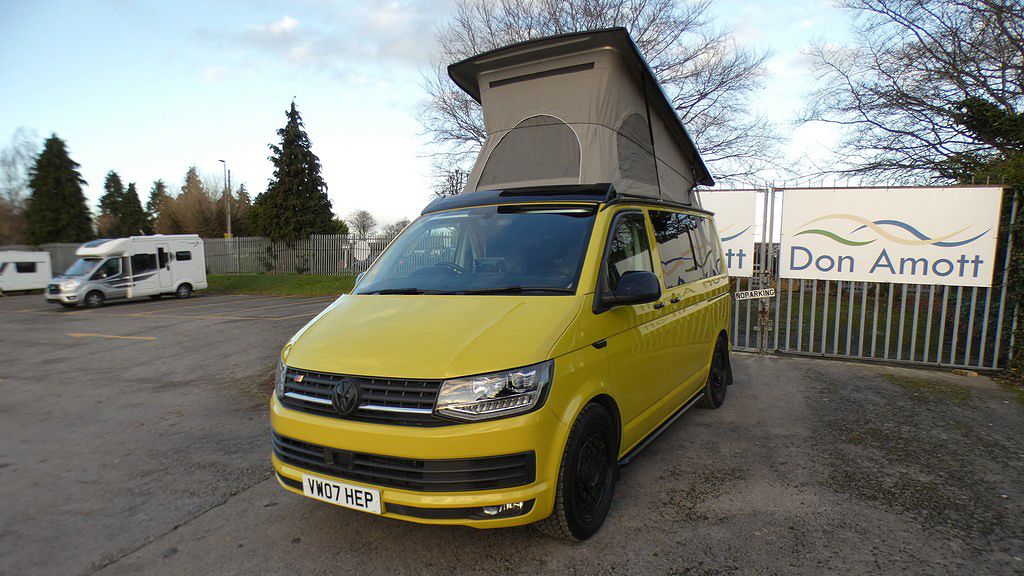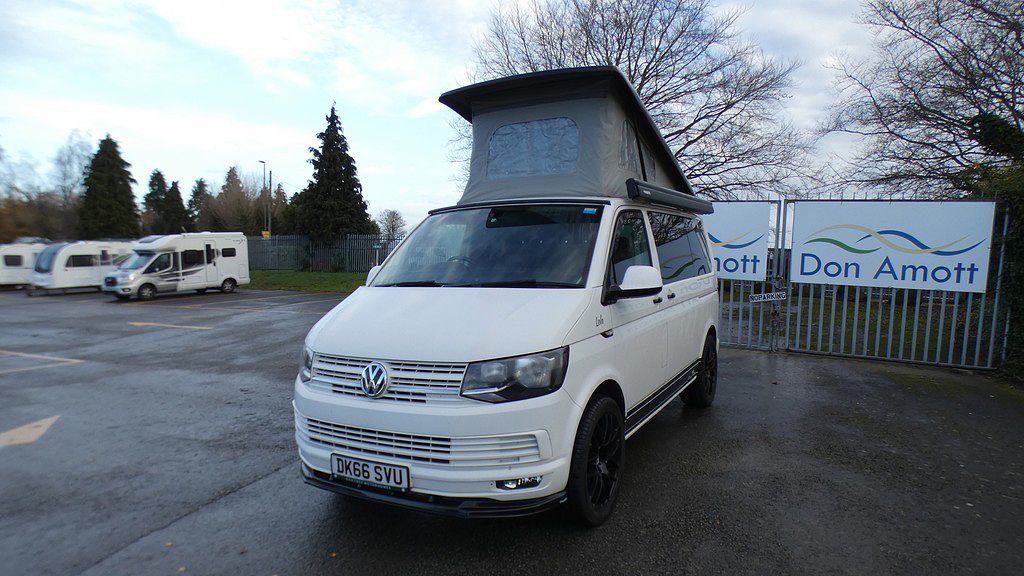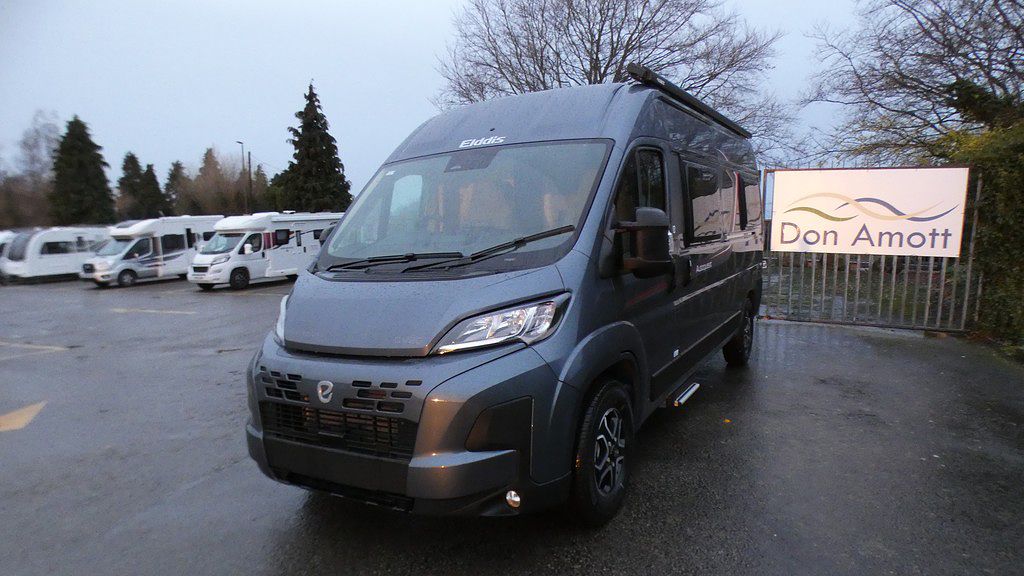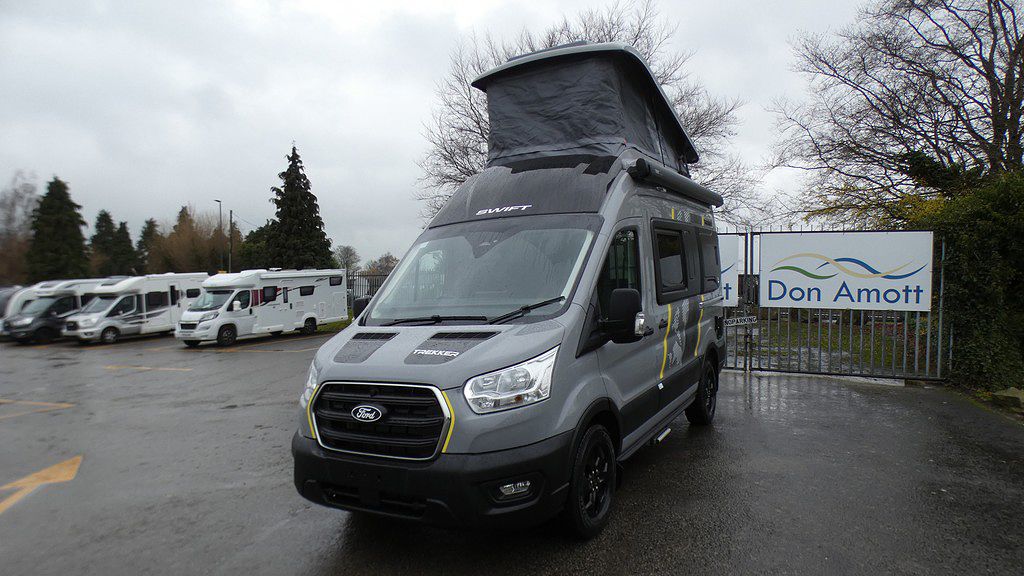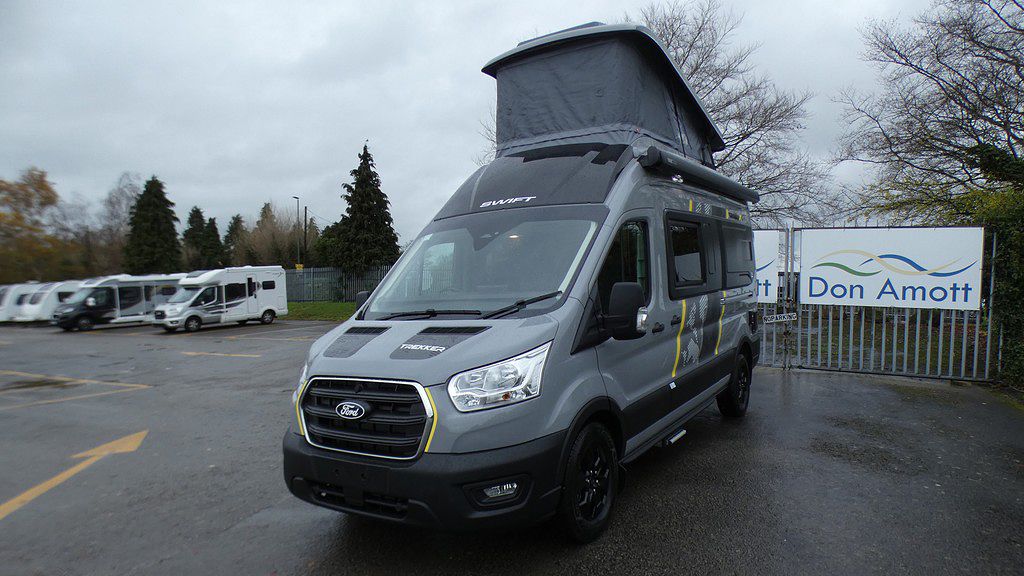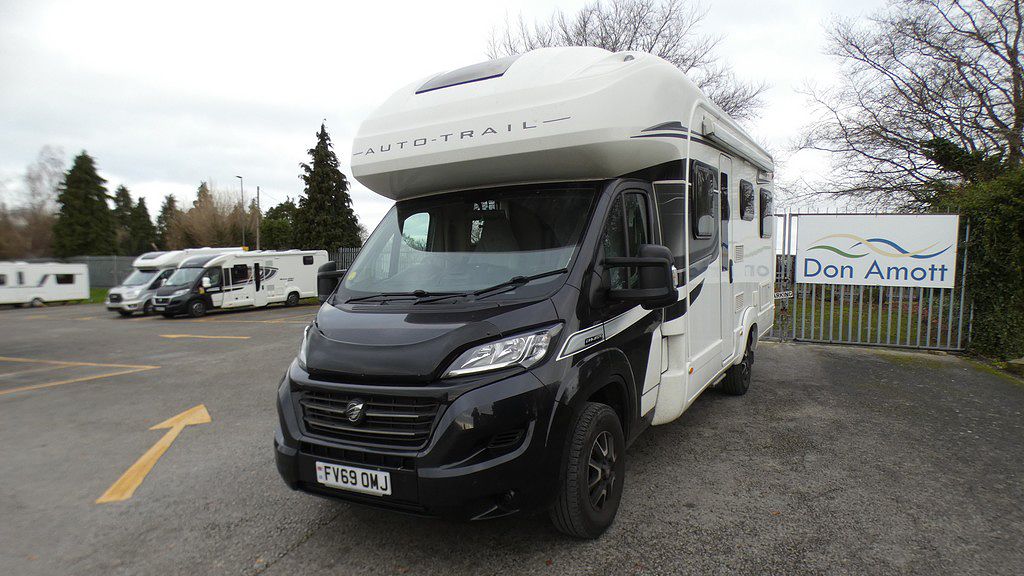The History of the VW Campervan
3 minutes well spent
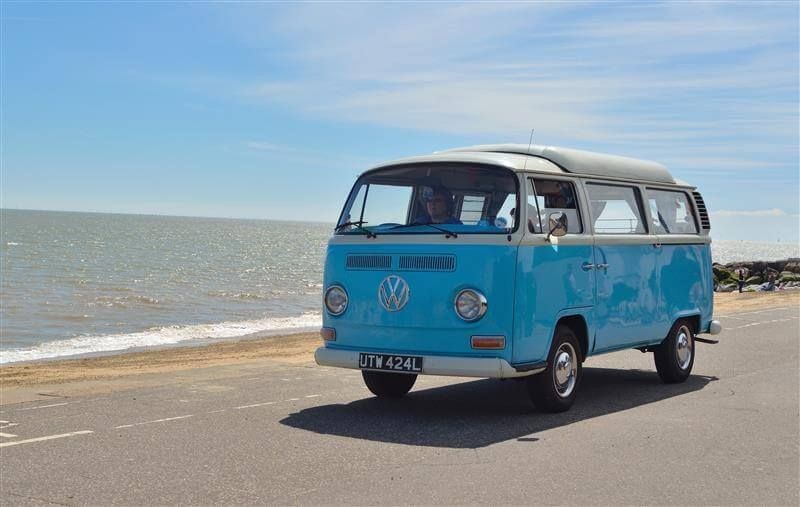
In this article
This year the VW campervan celebrates its 75th anniversary. Back in 1947 Dutch importer Ben Pon designed its first prototype after an idea struck him while observing motorised trolleys in the VW factory in Wolfsburg. Since then, production has grown at a rate unmatched by any other camper conversion and things have changed considerably – though the instantly recognisable boxy shape and VW badge have remained constant.
Over the years, the VW has become synonymous not just with quality family leisure, but with the counterculture, particularly in the 1960s, when it was often used to transport those in need during social protest and political upheaval. It’s no real surprise that the VW camper became so iconic…
Timeline
1947: Ben Pon’s idea first came to life at the VW factory in Wolfsburg, Germany.
1949: Two years later, the first VW campervan made its appearance at the Geneva Motor Show.
1950: Mass production of the VW camper began. It’s hard to believe that just 10 vehicles were produced per day in these early stages! This marked the beginning of the so-called Splitty years – named after the split-screen windscreen which characterised early models (the Type 2 Transporter and the Kombi). Many early variations of the camper had several purposes, from milk floats to beer wagons.
1954: The first VW Transporter was launched in the UK, at the Earls Court Commercial Motor Show in London. At £668 (around £17,000 in today’s money), only 786 vehicles were sold – quite staggering given the cult following the VW camper has gained since then! Sales in the U.S. also began mid-decade.
1960: Similarities with today’s campervans started to take shape. The first wide-bed trucks became available, whilst flashing indicators became standardised.
1962: The first main milestone was reached as production figures reached one million at VW Hanover.
1963: New developments included an increase in engine size from 1200cc to 1500cc.
1968-1973: New models replaced the old. In 1968, the first Splitties were taken over by the new Early Bay, before the Late Bay in 1973.
1981: Increasingly luxurious interiors came with the creation of the Caravelle model.
1986: The new rust treatment applied during the production process made campers more hardwearing.
1988: The versatile California camper was born. Based on the Transporter, the California catered primarily towards summer campers, with two beds and either a pop-up or high-top roof.
1990-2003: The year 1990 was a year marked by significant progression. A number of developments began to unfold around the world, from the release of Nelson Mandela from prison to the reunification of East and West Germany following the fall of the Berlin Wall. Meanwhile, the 4th generation of the classic Transporter campervan was unveiled. The model included several options including sliding doors, and a four-wheel driving system. A family classic, the T4 was the vanguard of modern camping at the time.
2003: The new Transporter 5 (T5) is unveiled, replacing the 4th edition.
2015 – Present: As concerns began to shift towards fuel consumption the new T6, introduced in 2016, was made to be 15% more economical, accounting for both environmental and financial considerations.
2017: Here came the VW ID Buzz, showcasing their first all-electric camper, with new state-of-the-art technologies in line with the new focus on sustainability.
2022: Released this year, the all new T7 Multivan becomes VW’s first plug-in hybrid drive.
Round-Up
The combination of sophisticated German engineering and the release of purposeful new models year after year have made VW campers a popular choice, more than seven decades on from that prototype. Proving its versatility as a hippy van, surfer van and these days, more so as a family van, the VW camper has become a real classic across several generations.
Conversions are continuing a rapid rate. This is not simply down to the VW’s quality, durability, and reputation as an iconic vehicle. The depreciation of the VW is also much lower than any other used campervan, so you are guaranteed a great price after you decide to part ways with your beloved vehicle!
With so many models available to convert, there’s no doubt that they will remain a top choice long into the future. Here at Don Amott, we have an impressive range of new VW conversions, in partnership with the UK’s leading VW conversion specialists Camper King. And will there be a T8? Watch this space!


